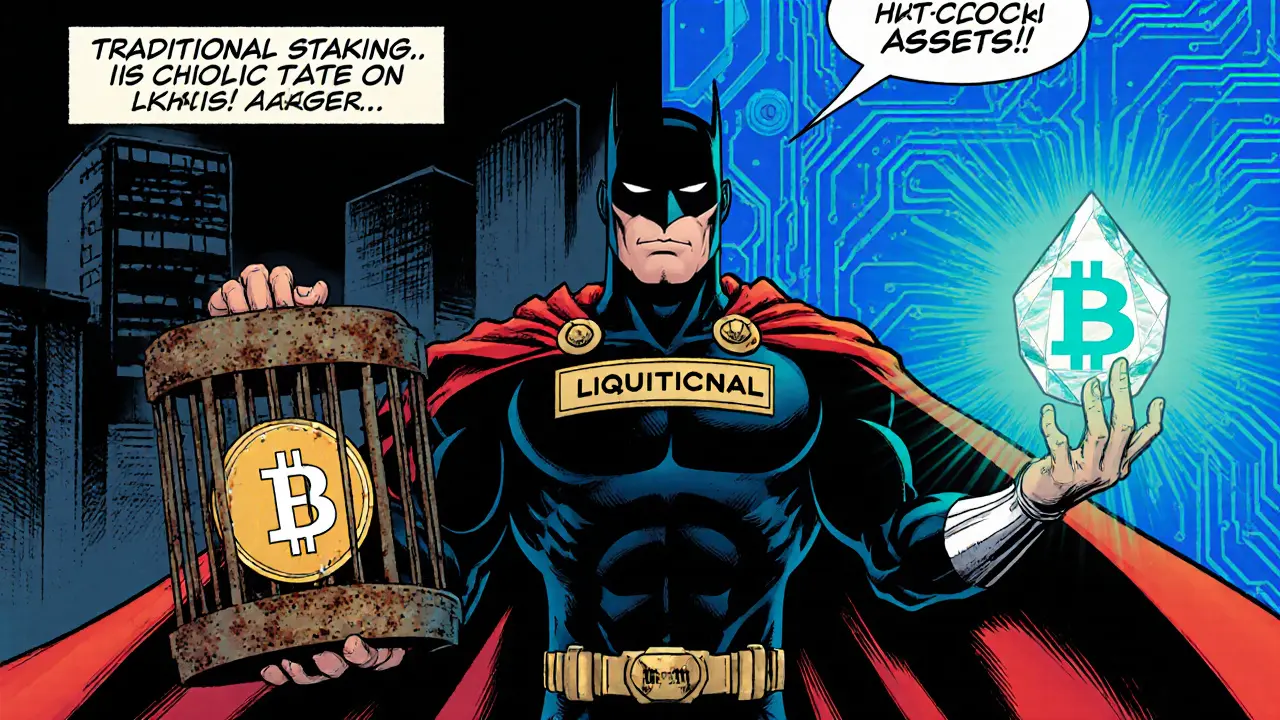Why Liquid Staking Beats Traditional Staking: Top Benefits Explained
Explore why liquid staking outperforms traditional staking, covering higher capital efficiency, liquidity benefits, risks, and how to choose the best protocol.
When working with DeFi Metrics, quantitative measures that evaluate the health and performance of decentralized finance platforms. Also known as DeFi KPIs, they help investors decide where to put money. One of the most talked‑about metrics is Total Value Locked (TVL), the total dollar value of assets locked in a protocol’s smart contracts. A newer spin is verifiable TVL (vTVL), a TVL figure backed by on‑chain proof and third‑party audits, which aims to cut down on inflated numbers. DeFi Metrics therefore combine raw asset totals with verification layers to give a clearer picture of real usage.
Accurate blockchain analytics, tools that pull on‑chain data, normalize token prices, and track contract interactions are the backbone of any metric you read. Without reliable price feeds, TVL can be off by millions. Data providers such as DefiLlama or Dune use oracle networks to fetch real‑time prices, then feed those numbers into TVL calculations. This process shows why “DeFi Metrics requires solid data feeds” is a true statement: if the oracle reports a wrong price, the entire TVL figure becomes misleading. The rise of verifiable TVL reflects the community’s demand for transparent, auditable sources that don’t rely on a single data point.
Every protocol—whether it’s a lending platform, a DEX, or a yield farm—reports its own locked assets, but the way those numbers are summed can differ. DeFi protocols, smart‑contract based services that enable borrowing, trading, and earning without intermediaries often count native tokens, LP shares, and collateral differently. Understanding that “DeFi Metrics encompasses protocol‑specific calculations” helps you spot why two projects with similar user bases can show wildly different TVL numbers. It also means you can compare apples to apples once you know which assets are included and how they’re valued.
Below you’ll find a curated list of articles that break down TVL methodology, explain the rise of verifiable TVL, and walk you through step‑by‑step calculations. Whether you’re a beginner looking for a clear definition or an experienced trader hunting for the latest data‑verification tricks, the posts ahead collect the most practical insights on how to read and trust DeFi Metrics.

Explore why liquid staking outperforms traditional staking, covering higher capital efficiency, liquidity benefits, risks, and how to choose the best protocol.

Learn how TVL (Total Value Locked) is calculated, the challenges behind the metric, the rise of verifiable TVL, and practical steps to compute accurate DeFi TVL figures.